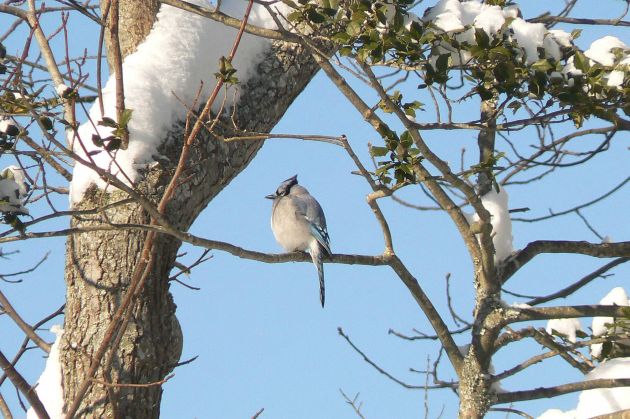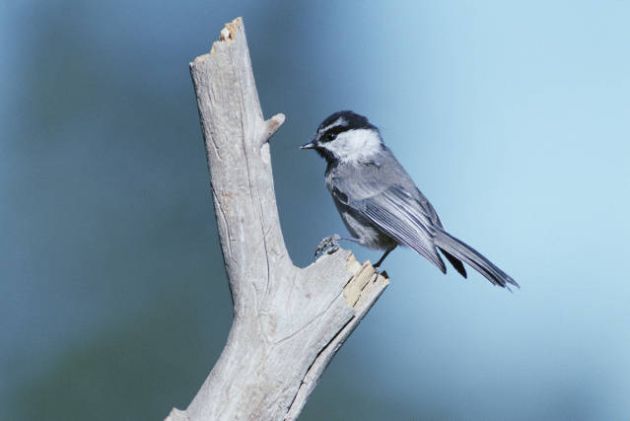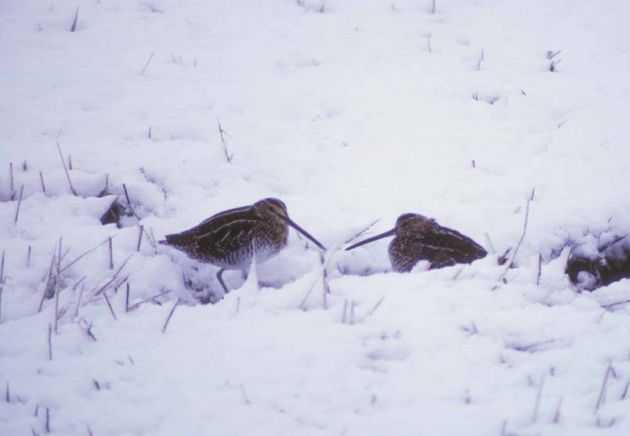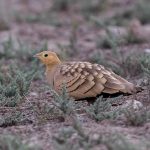
The North Wind doth blow, and we shall have snow
And what will the robin do then, poor thing?
He’ll sit in the barn to keep himself warm
And hide his head under his wing, poor thing
Nursery rhymes are not, perhaps, renowned for their ornithological accuracy. Nevertheless, Mother Goose does occasionally see fit to drop some knowledge of her feathered compatriots onto a youthful mind, as the above shows.
The subject of birds faced with extreme cold recently became a matter of great interest to me, if only because I would like to believe that there will still be some Gray-crowned Rosy-finches left alive in the state of Montana after our temperatures rise back up out of the sub-basement. And it turns out that the poem got it at least partly right: among the major strategies that birds use to survive the chill are seeking shelter (not just in barns but in dense vegetation, tree cavities, under drifts of snow, and in large flocks of their fellow-sufferers,) fluffing up, and limiting their physical activity so that they can devote their calories more fully to regulating their body temperature.
If that doesn’t work, many birds can let their body temperature fall deliberately to conserve what little energy they have left. In extreme cases, this can cause a bird to go into torpor — a hibernation-like state employed by groups including the hummingbirds, chickadees, nightjars, swifts, and doves to reduce their metabolic demands to the absolute baseline needed for survival. Unlike hibernation, torpor tends to last only overnight, allowing the bird to attempt to forage and replenish its energy supplies by day.
Beyond this, many birds who are routinely exposed to great cold have adaptations that help them limit their heat loss. Being round helps, whether from layers of insulating feathers, body fat, or both. So does protecting the extremities, as ducks do with the counter-current heat exchange in their feet and ptarmigans do with their feather-shaggy slippers.
But even with all that, extreme cold snaps do take a toll, especially of smaller birds. Most of these deaths will come about from a combination of hypothermia and starvation, but birds seeking out warm roosts are also prone to tumbling down chimneys and dying from carbon monoxide poisoning. The determining factor in mortality appears to be the length, rather than the depth, of the cold spell. A single brutal night may use up quite a lot of body fat, which is fine if the bird can go out and replenish the next day — but not if conditions continue to force it to operate at a net loss for a week or more.
I guess it’s time to go get the suet.
All images courtesy of the USFWS















Leave a Comment